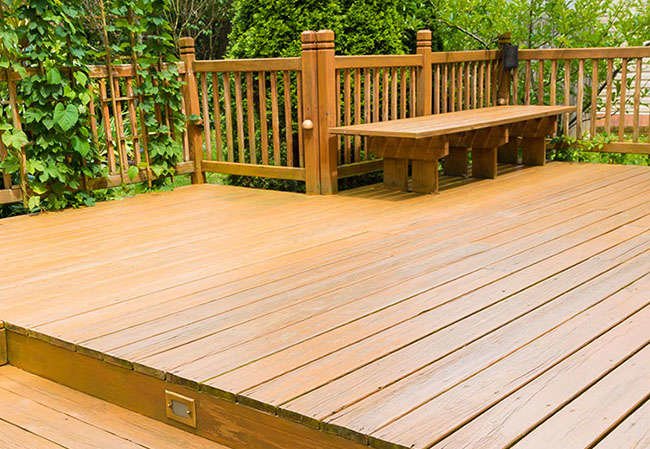

We may earn revenue from the products available on this page and participate in affiliate programs. Learn More ›
Home Advice You Can Trust
Tips, tricks & ideas for a better home and yard, delivered to your inbox daily.
The United States of Remodeling
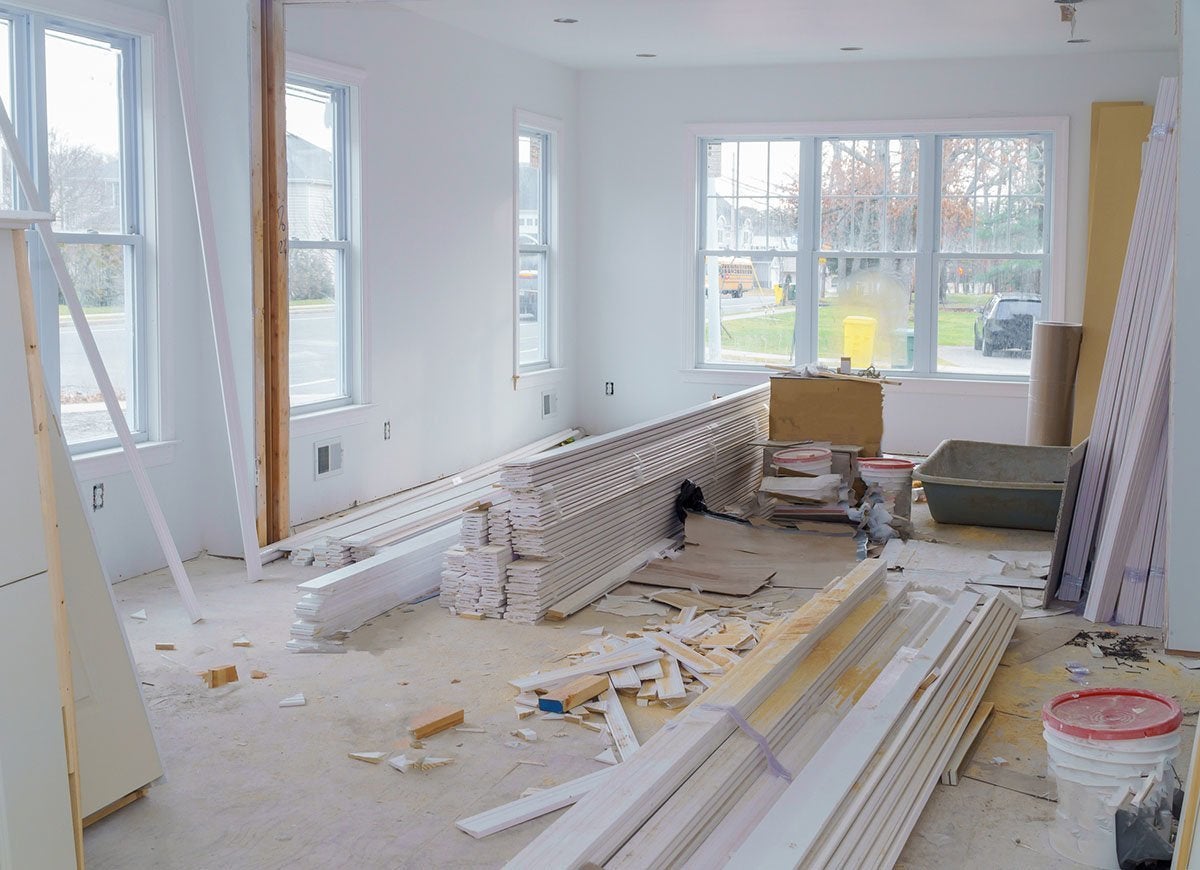
Even though there are 1 million-plus new houses built every year, 40 percent of homes in America are more than 50 years old, so it’s no surprise that remodeling spending is expected to increase in 2020. But which renovation projects are the most popular with homeowners, and more importantly, what do these projects cost? Here are the 15 most popular home improvement projects in the country, according to the most current remodeling survey from the National Association of Home Builders (NAHB).
Bathroom Remodeling
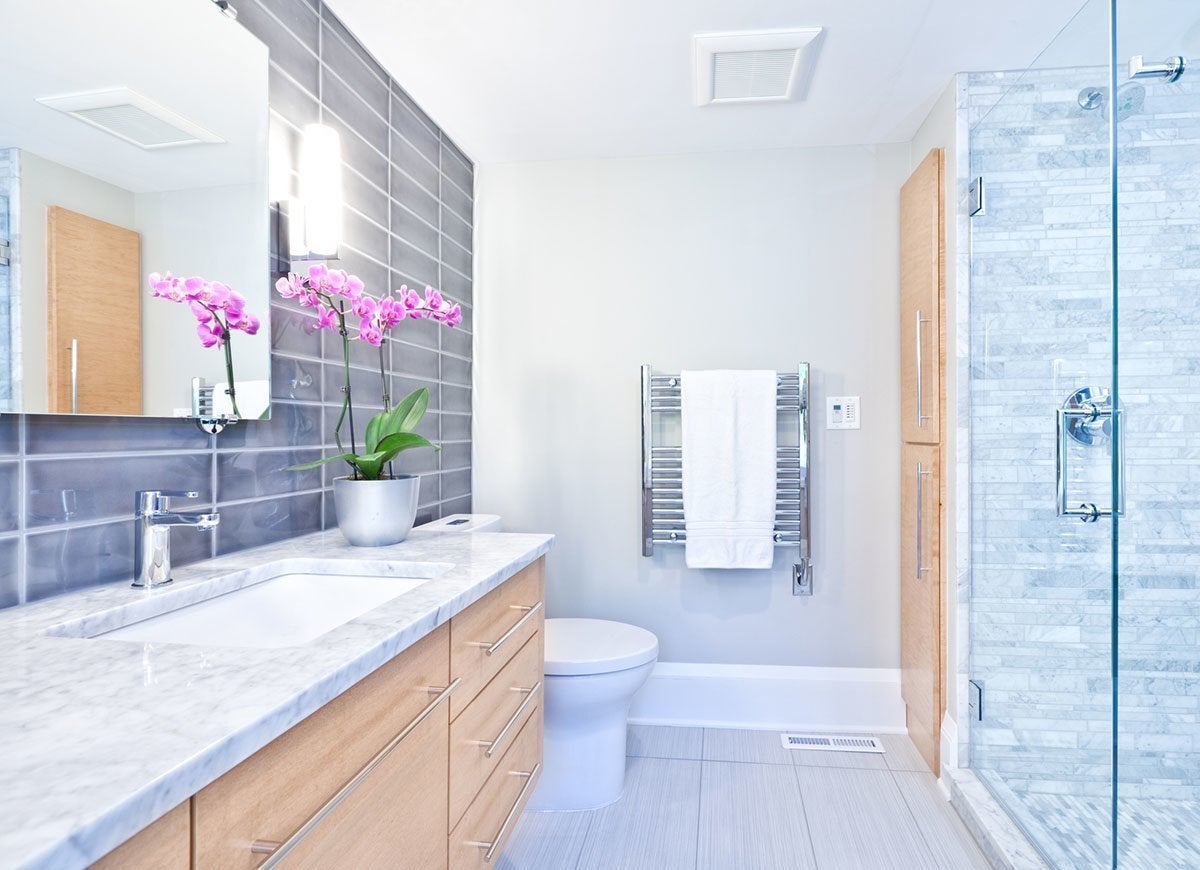
Bathrooms are often quick to look outdated (think avocado green tubs and carpeting near the shower). Although kitchens and bathrooms routinely vie for the top spot in the NAHB survey, in the most recent polling, from 2017, bathroom remodeling ranked as the most popular home renovation project in the country—but it comes at a steep price. According to Remodeling Magazine’s Cost vs. Value 2019 annual report, an upscale bathroom remodel can average as much as $64,000, while a midrange remodel runs about $20,000.
Kitchen Remodeling
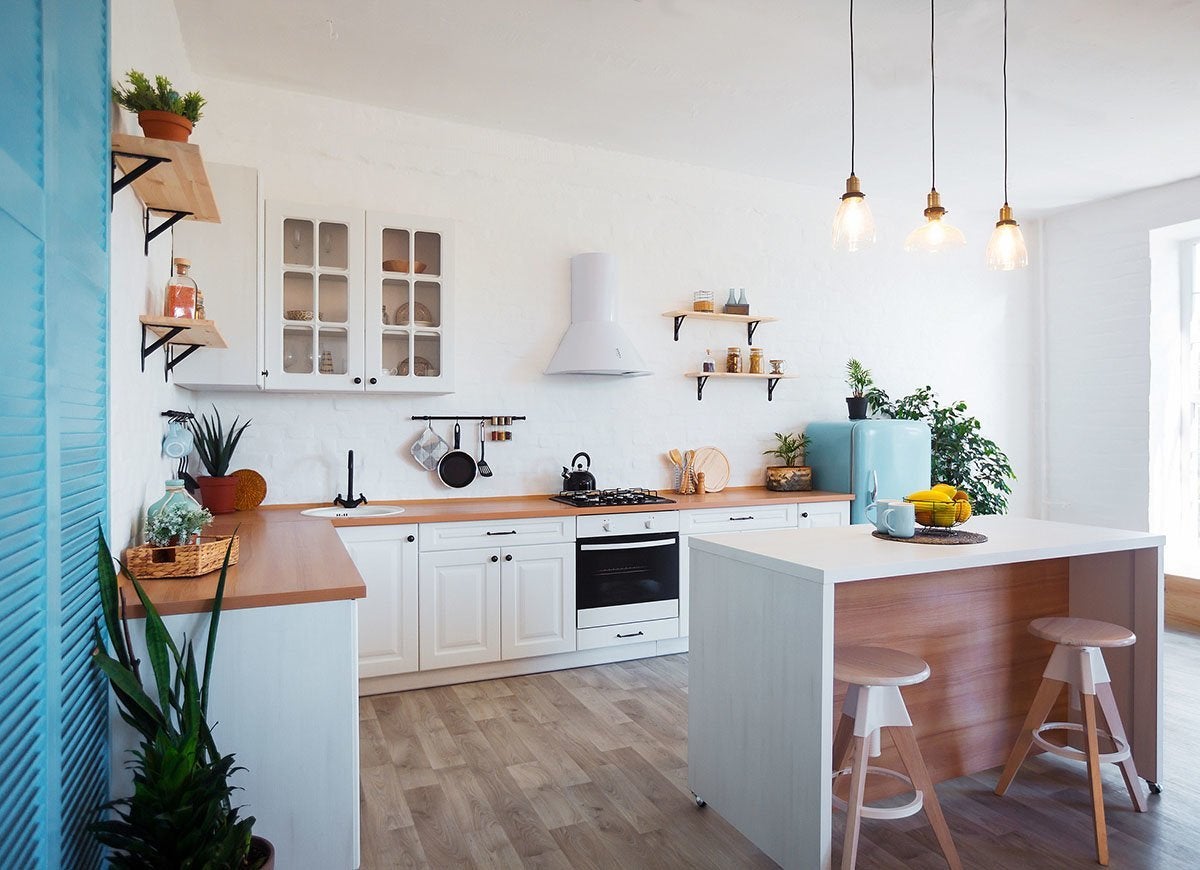
The kitchen is the heart of the home, and it’s also one of the most popular—and expensive—renovations a homeowner can undertake. With the numerous purchases required, including appliances, cabinets, and countertops, along with construction and installation costs, a kitchen renovation can set you back a pretty penny. Costs range from $22,000 for a minor face-lift to $131,000 for an upscale remodel.
Whole-House Renovations
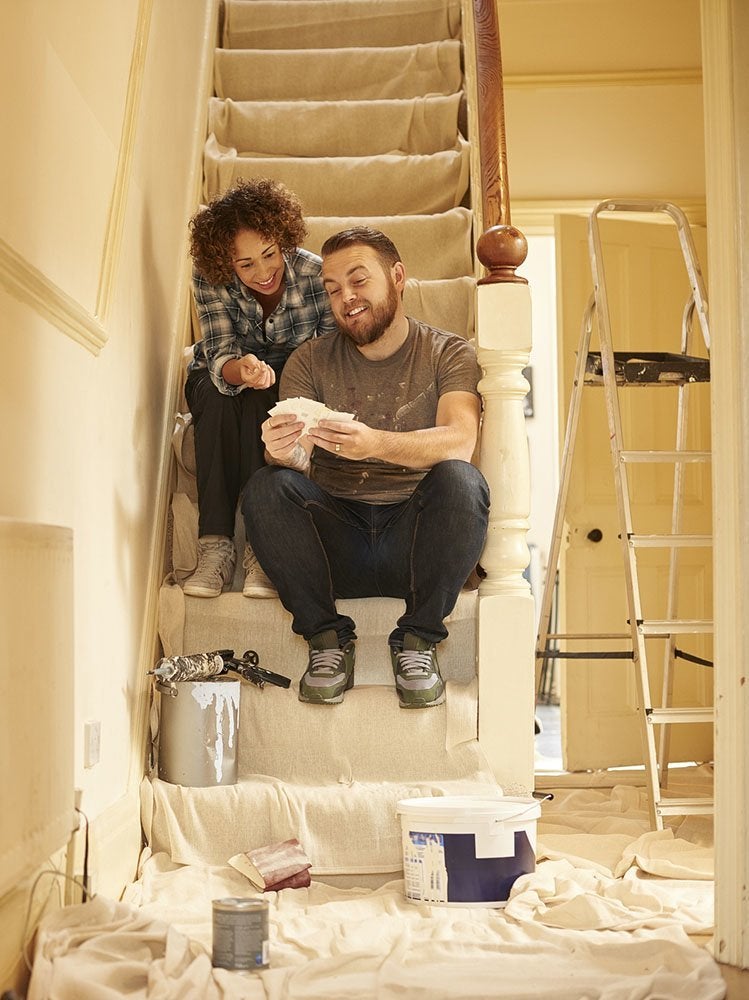
When it’s time to upgrade a home, particularly if you’ve just moved in, sometimes it makes sense to tackle everything at once so you can start with a clean slate. Whole-home renovations, which come in third on the NAHB’s list of most popular remodeling projects, can set homeowners back quite a bit. They come in at an average cost of $46,000, but the range stretches from $18,000 to $75,000.
Room Additions
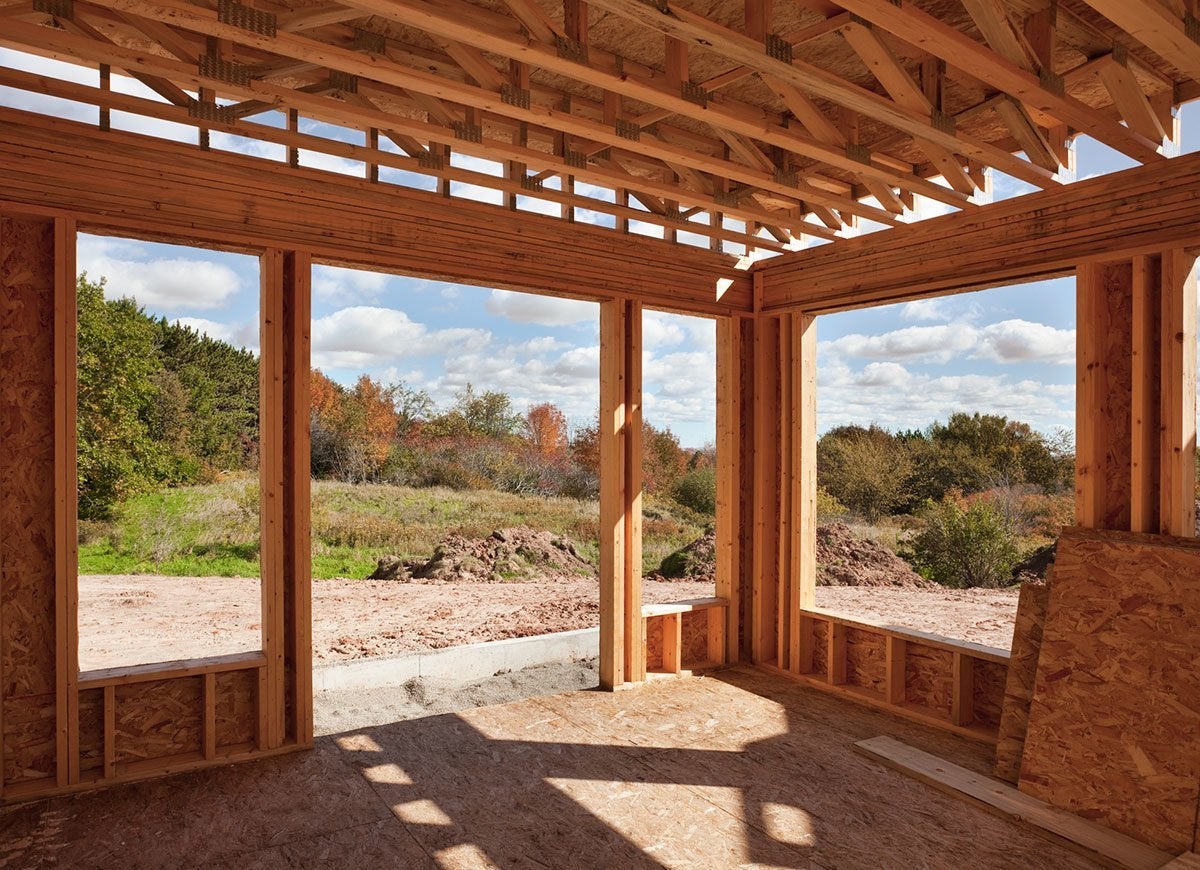
If your growing family is making your home seem suddenly cramped, or if you never had enough space to begin with, a room addition may be your dream remodeling project. The cost of this project depends mostly on the size of the addition and the materials used. According to the Cost vs. Value Report from Remodeling Magazine, a midrange master suite addition will cost around $130,000 on average, and an upscale master suite addition runs about $271,000.
Window/Door Replacement
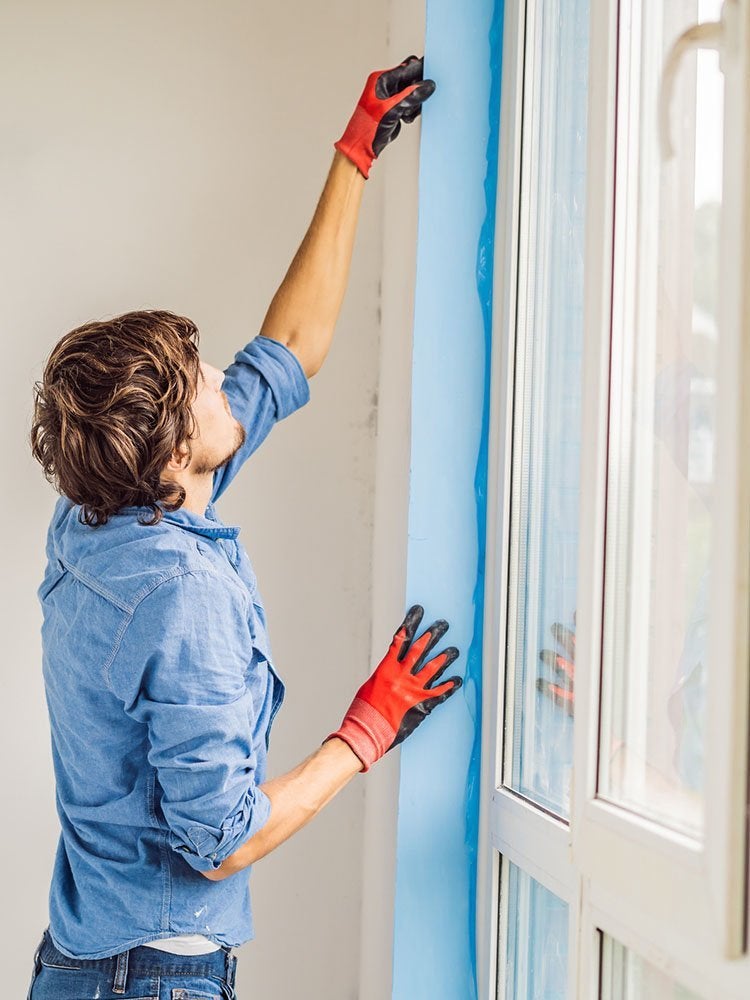
It’s not the most exciting project you can take on, but replacing windows and doors can make a big difference in your energy bills and the overall comfort of your home. To replace wood windows, you’re looking at an average cost of $20,000; vinyl window replacement comes in at about $16,000. And to replace a steel entry door, you can expect to pay about $1,800.
Adding a Deck
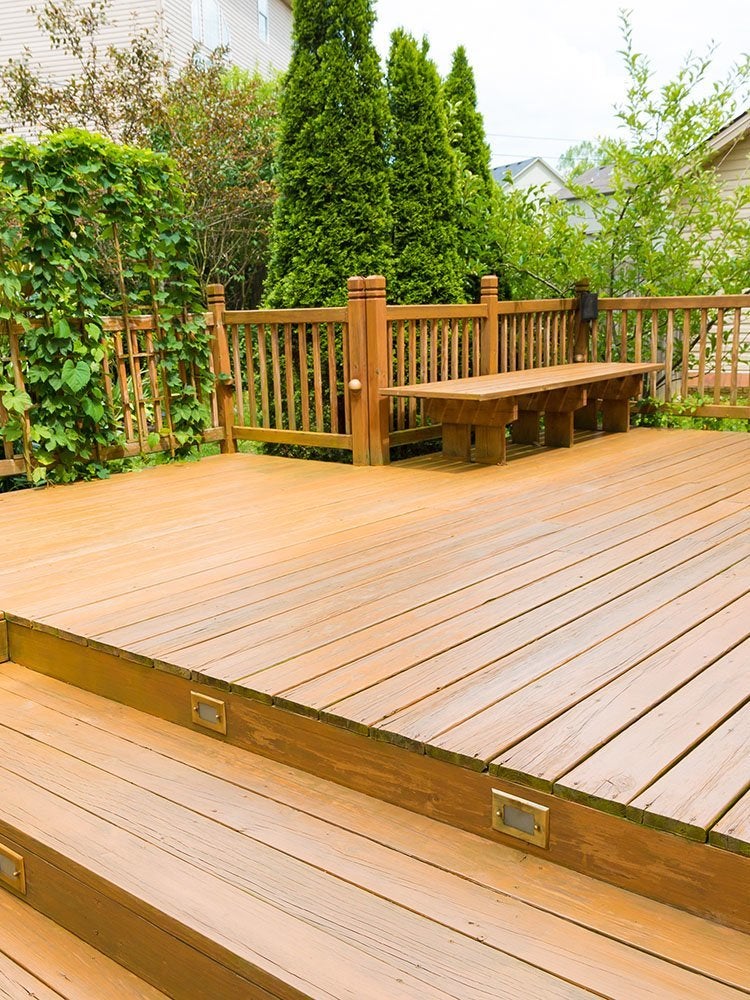
A beautifully designed deck extends your living space and creates an inviting atmosphere that encourages friends and family to hang out, all of which make adding a deck a popular home renovation project. This project isn’t cheap, though, running on average $19,000 for composite decking and $13,000 for a wood deck.
Repairing Property Damage
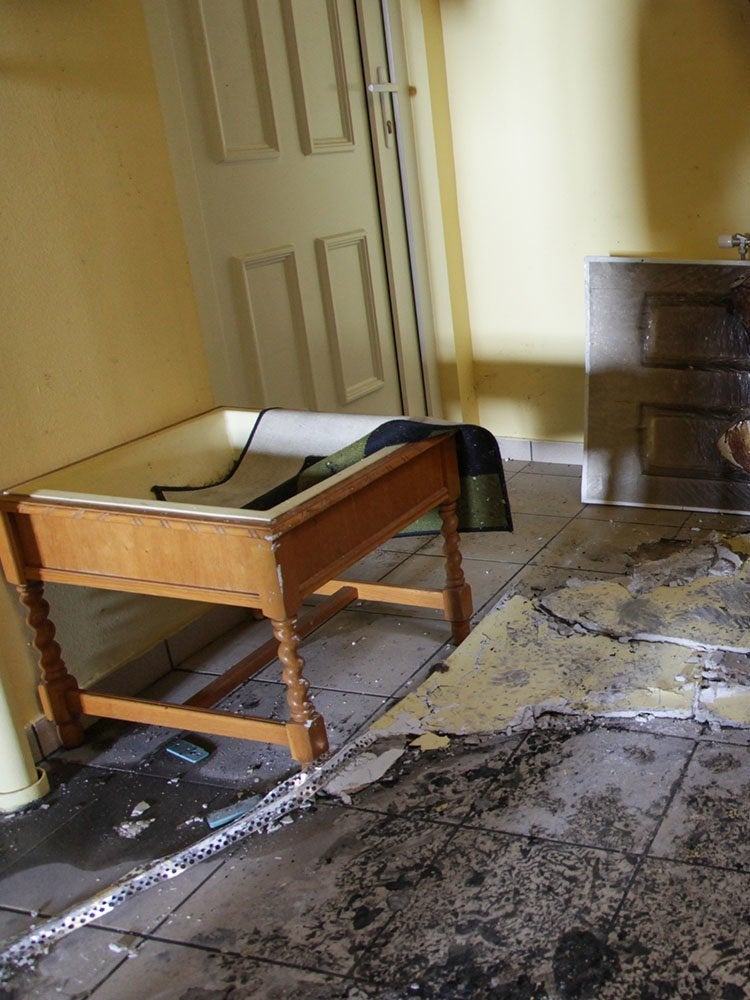
It hurts to have to spend money to repair your home in the wake of a catastrophic and unexpected event like a fire or flood, but such projects aren’t optional—you need to fix the damage to make your house inhabitable, safe, and sanitary. According to HomeAdvisor, restoring a home after water damage can cost anywhere from $1,100 to $4,500. Repairs after a fire can run from about $800 to a whopping $93,000, depending on the extent of the damage, although they typically fall between $3,000 and $25,000.
Finishing the Basement
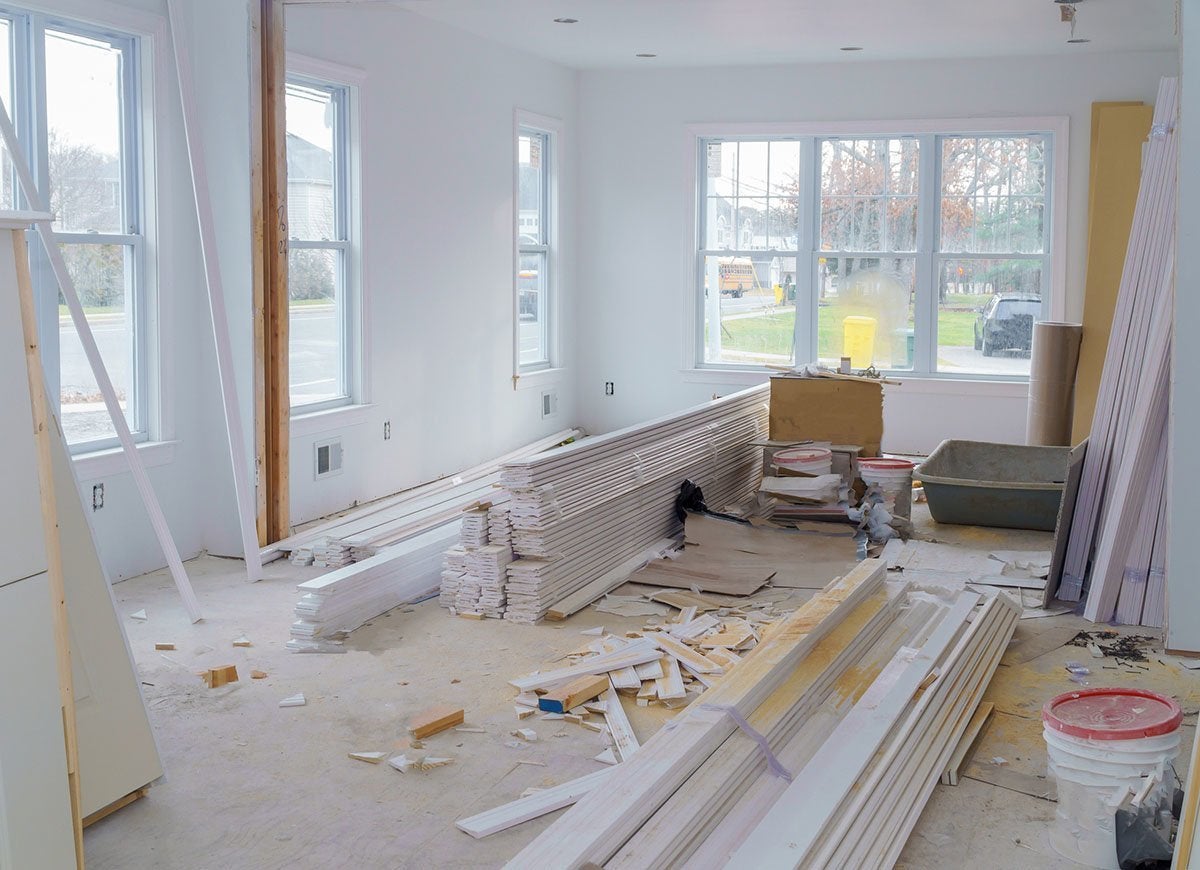
A finished basement makes a great family room, game room, or home theater. At the very least, fixing up the basement is an excuse to clear out the cobwebs and make the space a little less dungeon-like. According to HomeAdvisor, the average cost to finish a basement—which includes hanging drywall, painting, installing crown molding, and putting in flooring—runs from $6,500 to $18,500.
Replacing a Roof
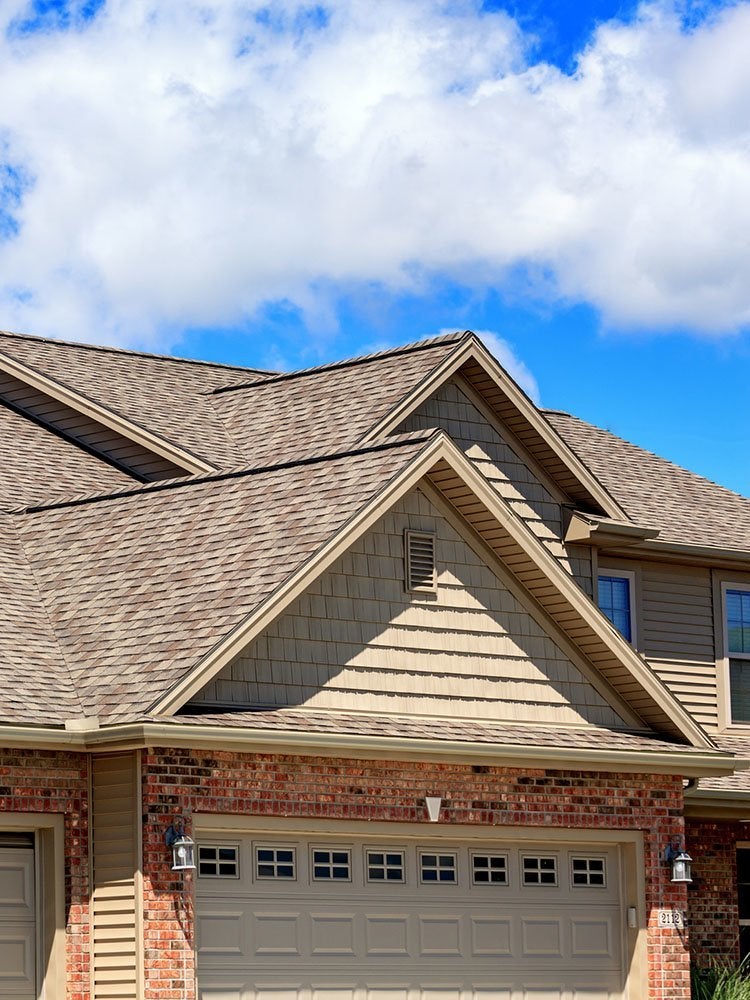
No one thinks much about the roof—until it starts to leak. Because the roof is an integral part of a house, this project makes the cut on almost any list of most popular renovation projects. It isn’t cheap, though: Replacing an asphalt roof averages about $22,000.
Adding a Bathroom
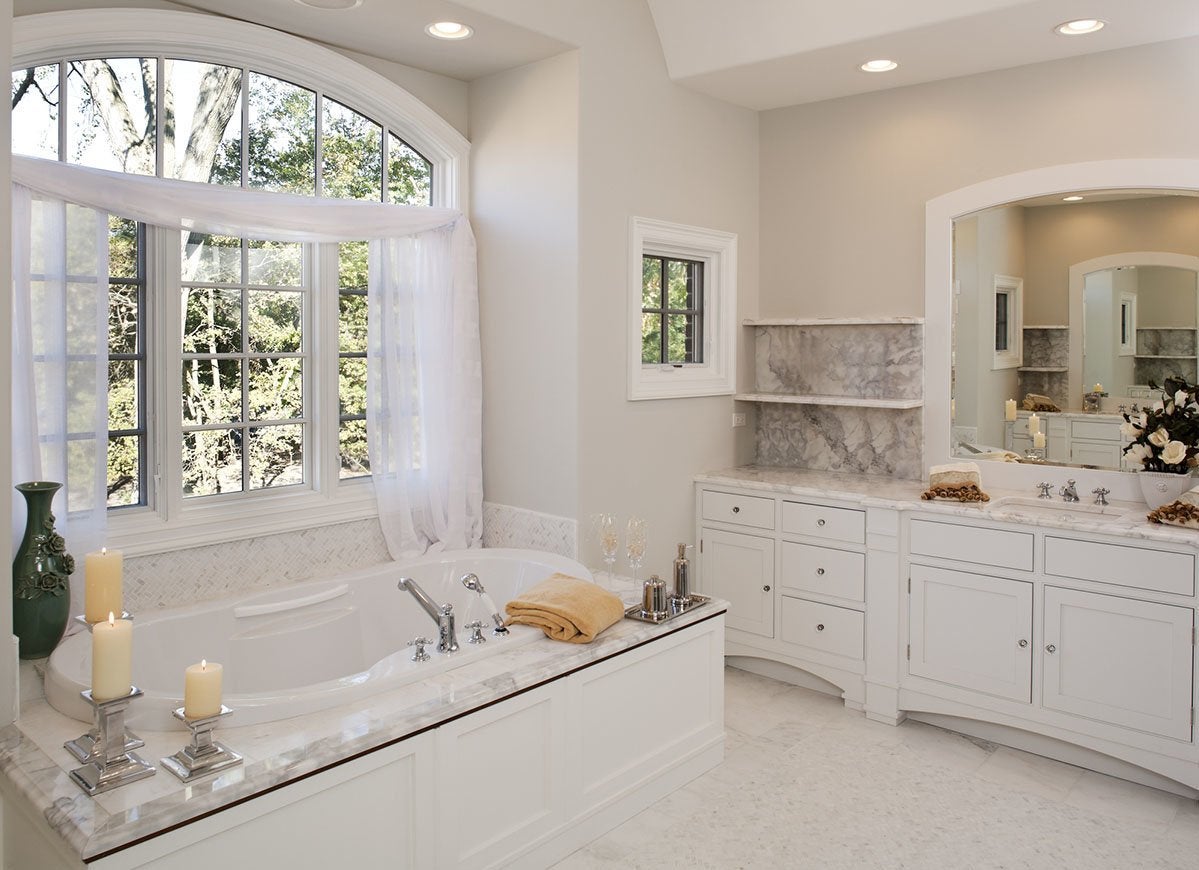
For those whose mornings have devolved into all-out battles for time in front of the mirror, a bathroom addition is a coveted renovation project. But putting in a new bathroom can, as you can imagine, add up: Remodeling Magazine reports that an upscale bathroom addition costs about $87,000, and a midrange addition runs, on average, $47,000.
Enclosing a Porch
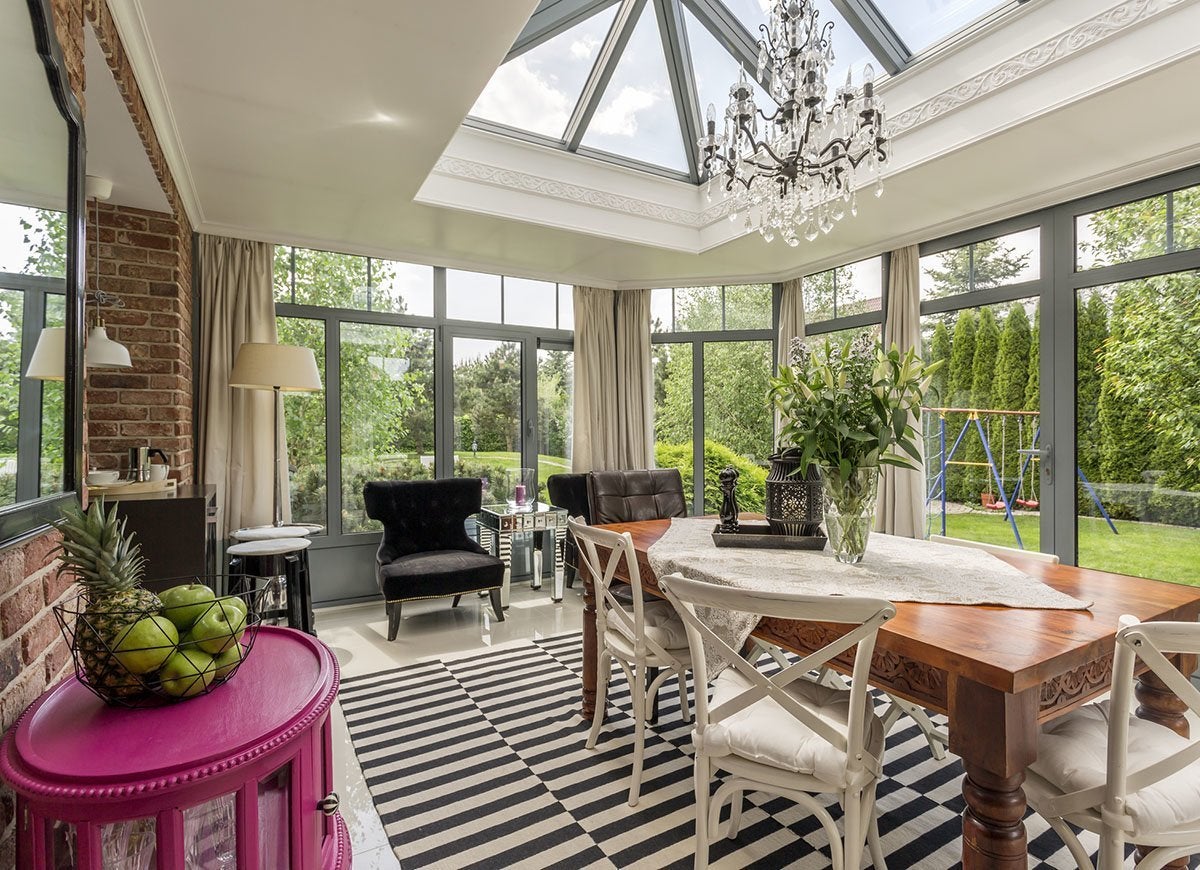
Whether you live in the blisteringly hot South or the frigid North, an enclosed porch gives you a comfortable, protected, and insect-free spot to enjoy the outdoors year-round, without having to brave the elements. According to HomeAdvisor, this popular remodeling project typically ranges from $8,000 to $24,000. Costs vary according to the size of the porch and the quality of materials used.
Replacing Siding
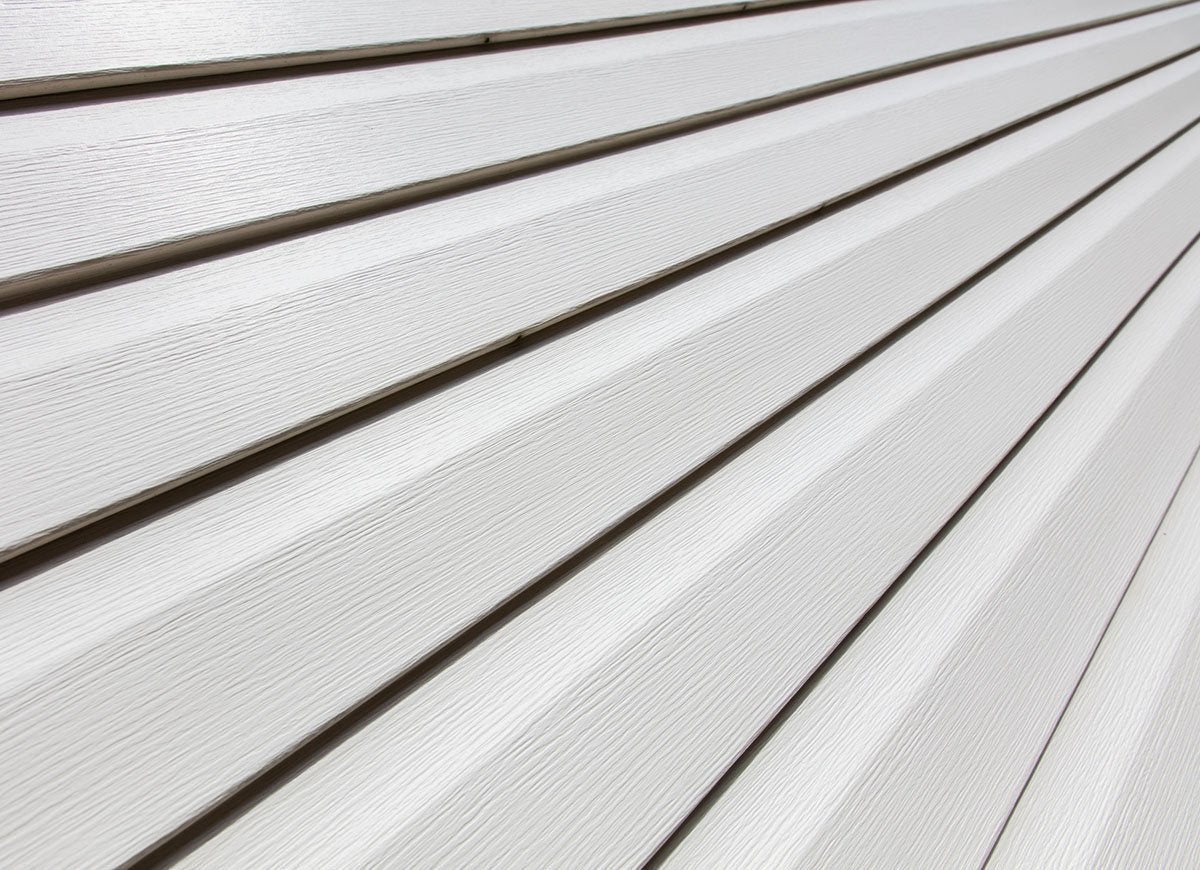
Harsh winters, the blazing sun, and general wear and tear can do a number on your siding, leaving your house looking old and dingy, and shattering its curb appeal. Replacing the siding on your house, a common renovation, can cost upwards of $16,000. But to lessen the blow a bit, the project yields an average return on investment of 75 percent.
Adding a Second Story
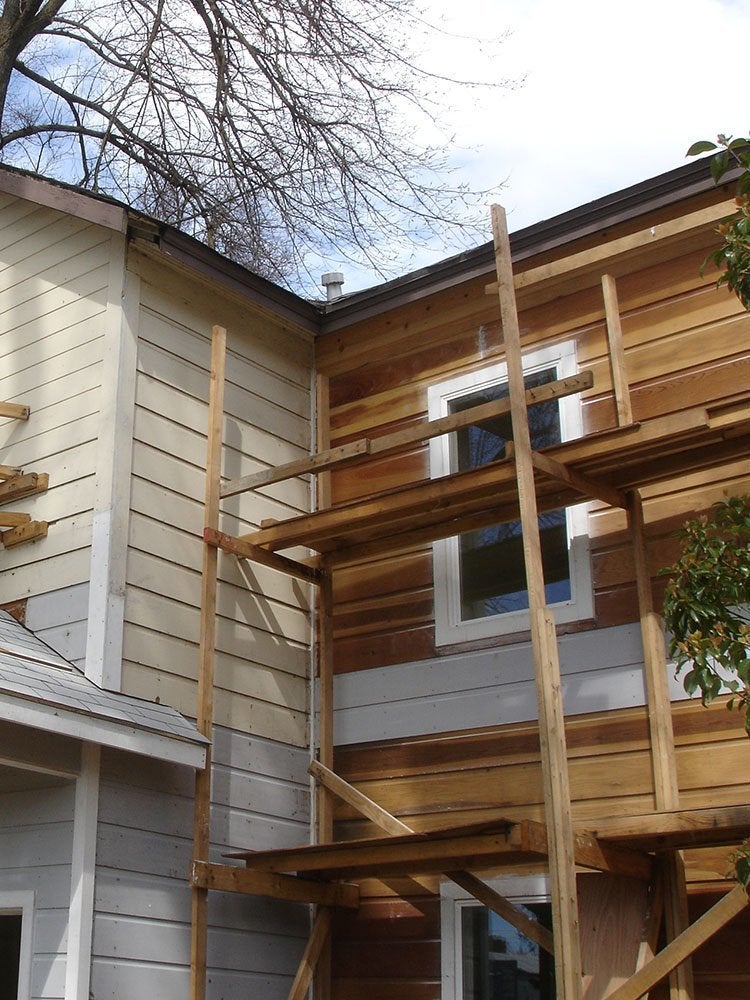
Putting a second story on your house is certainly no small undertaking, but it can double the space in your home, which makes it an appealing project for homeowners who are feeling claustrophobic in their current square footage. As you would expect, this level of home renovation comes at a steep price. According to HomeGuide, the cost of adding a second story with multiple rooms on a 1,400-square-foot house is, on average, $179,000, although it can cost as much as $350,000.
Enclosing/Adding a Garage
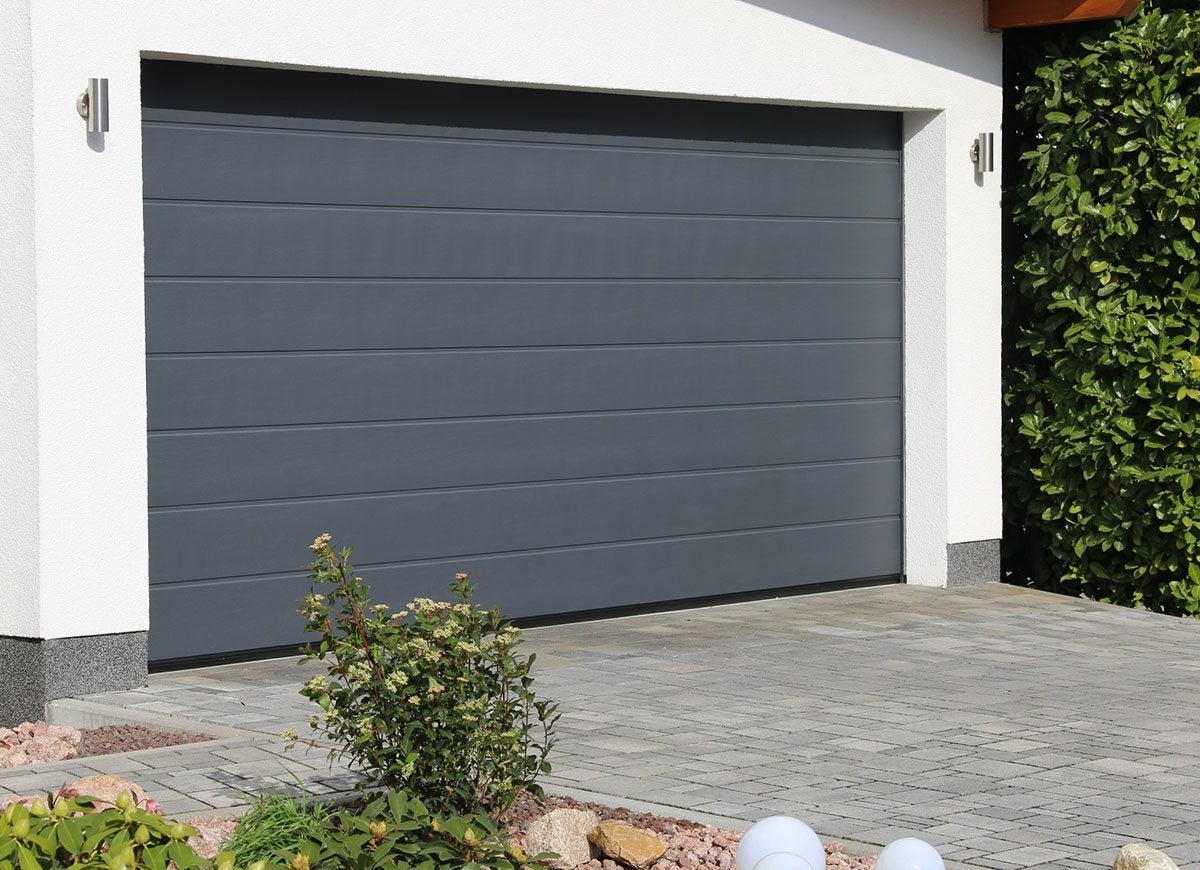
The garage is the unsung hero of the house. It protects our cars, it stores our tools and belongings, and it often also serves as workshop, laundry room, or even extra living space. Enclosing or adding a garage is a popular renovation project, according to the NAHB, and it can be quite pricey: The average cost of adding an attached two-car garage is $27,000, and it’s $47,000 for a detached garage. Homeowners who enclose a garage typically spend, on average, anywhere from about $6,000 to $20,000.
Finishing an Attic
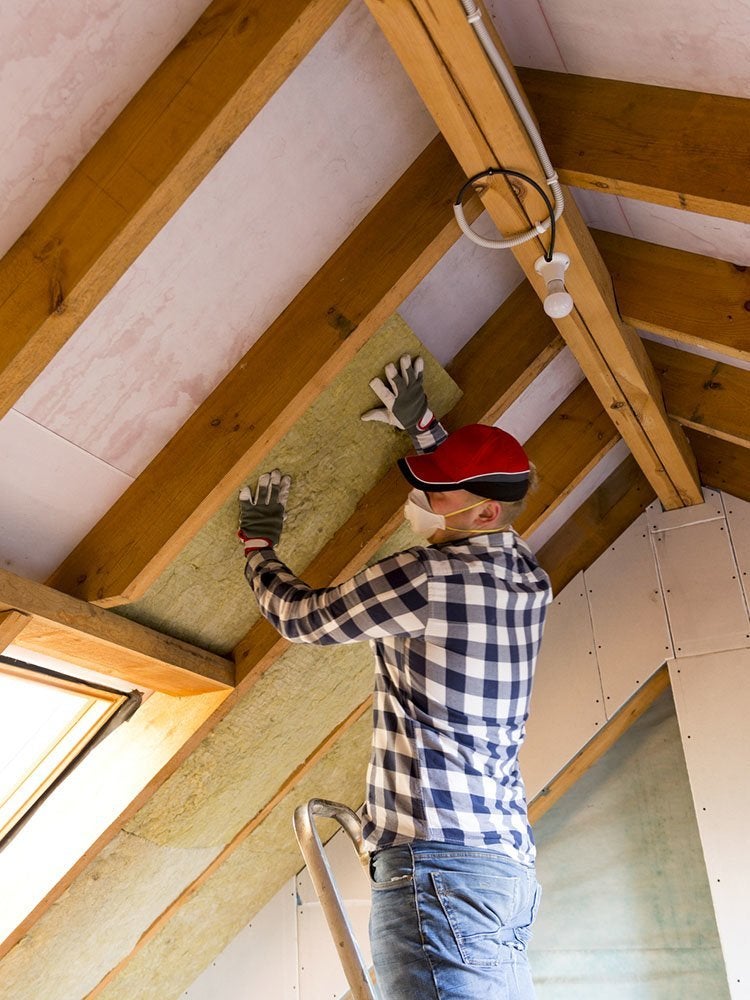
When square footage is at a premium, homeowners trying to squeeze out extra space often look to the attic. Not surprisingly, finishing this space is a popular home project, but it’s also fairly expensive. According to HomeAdvisor, finishing an attic costs $50,000 on average, with some of the high price due to the costs of bringing the space up to code.

Meet the 2025 Tools of the Year
After months of scouring the market and putting products through their paces, we’ve named the best of the best in new tools. There’s something for everyone, from veteran pros to average Joes.